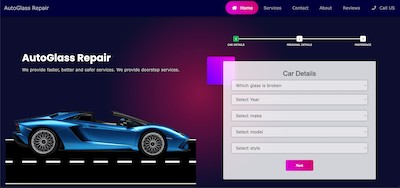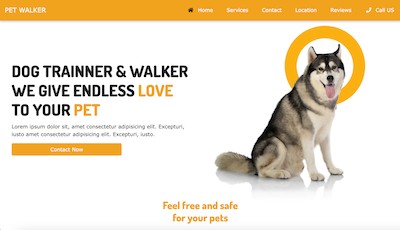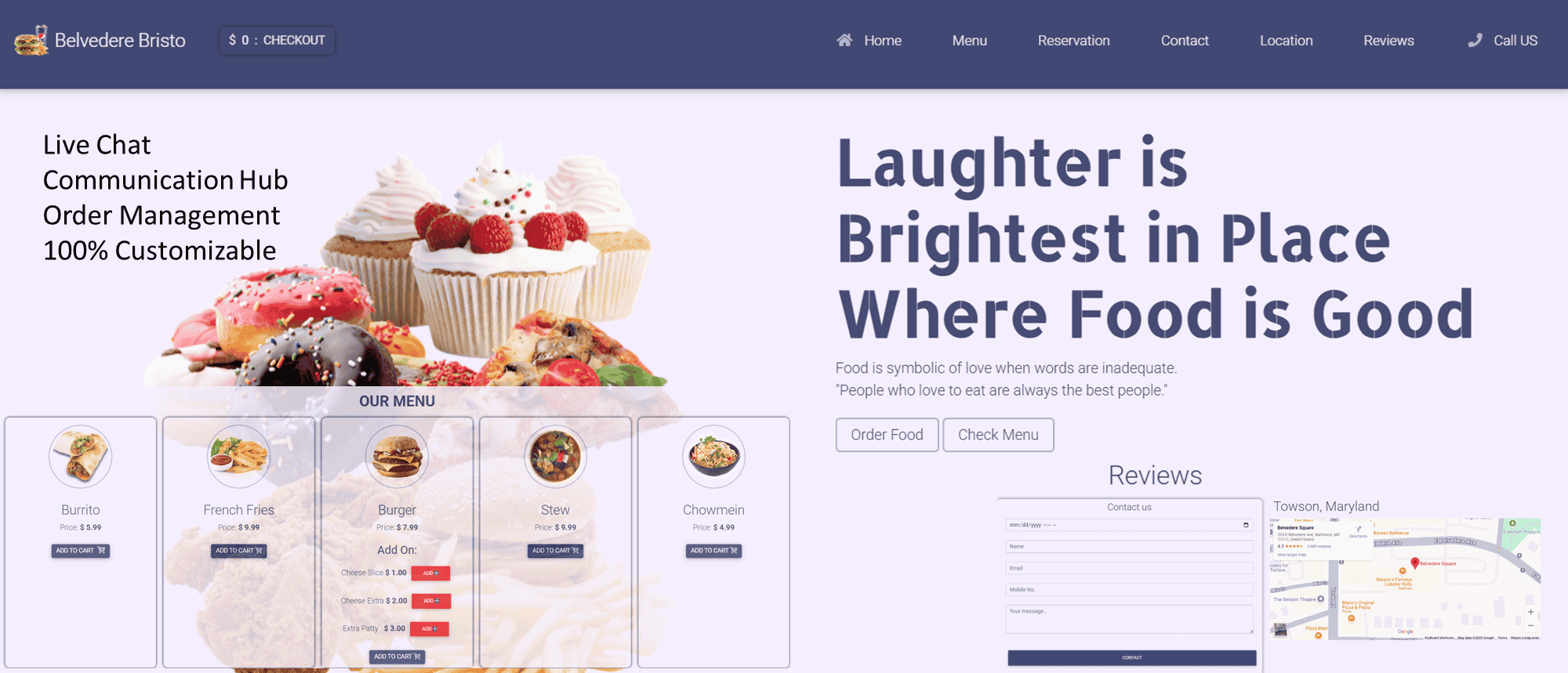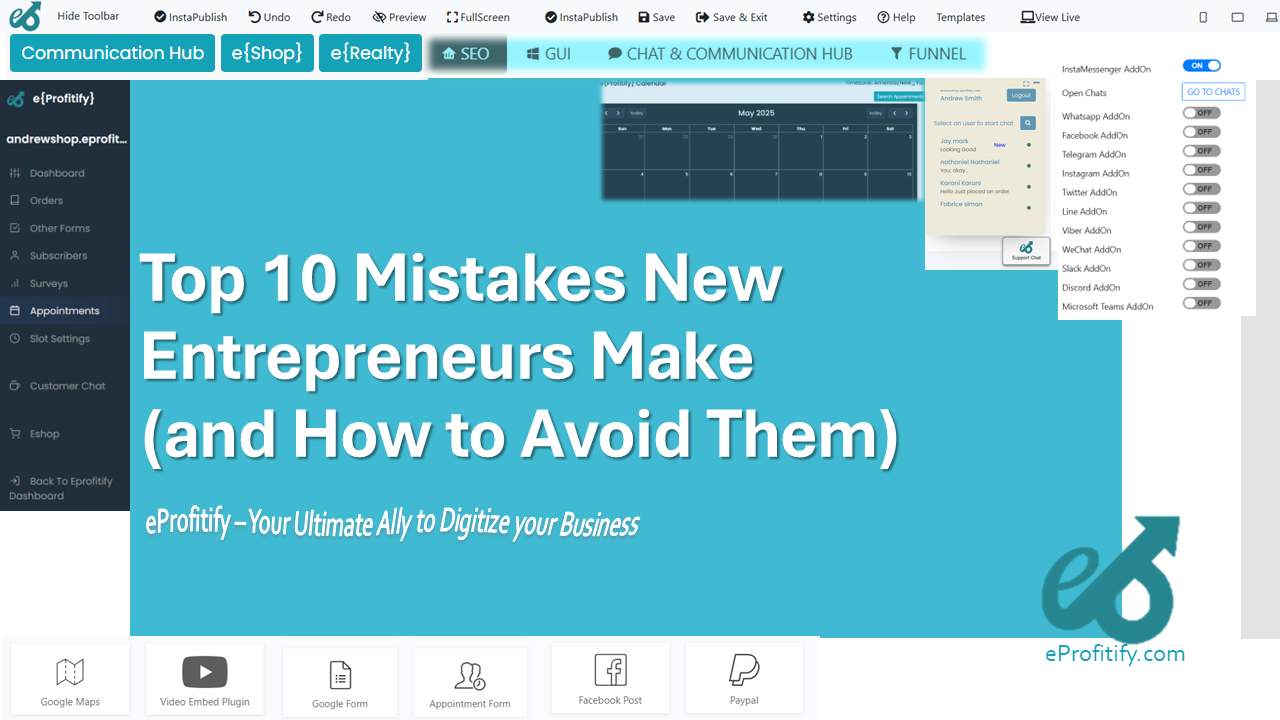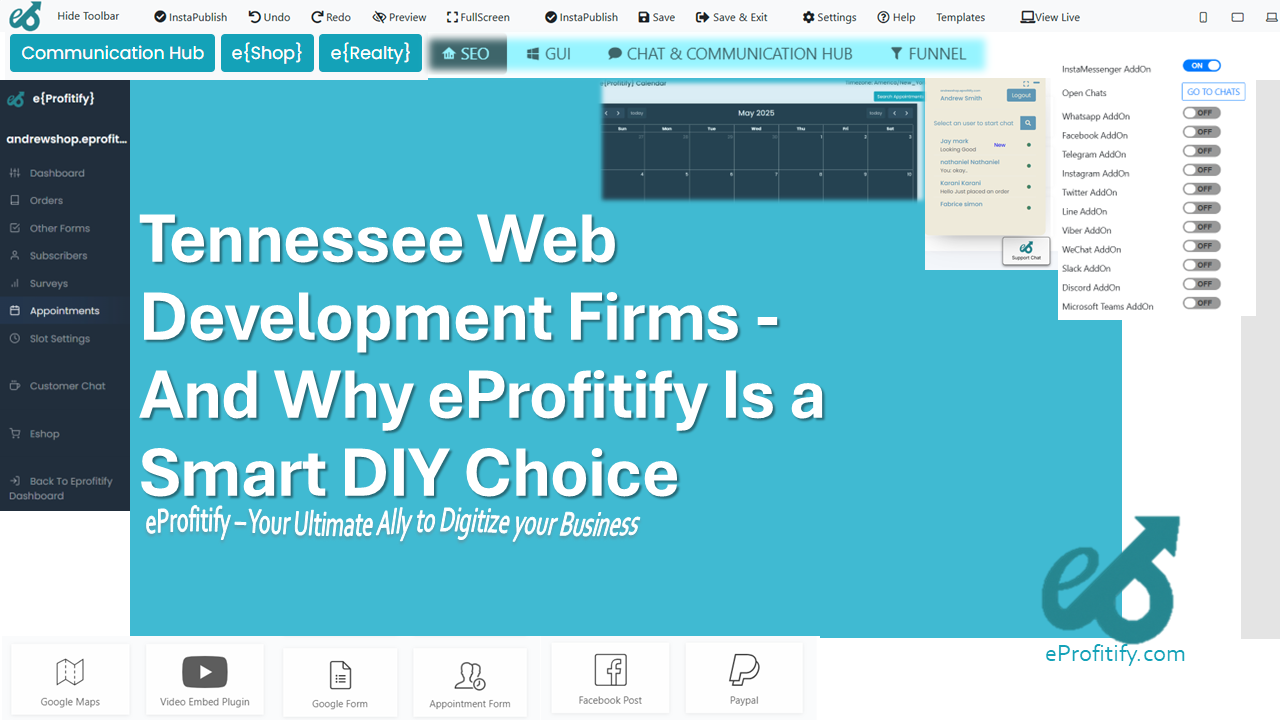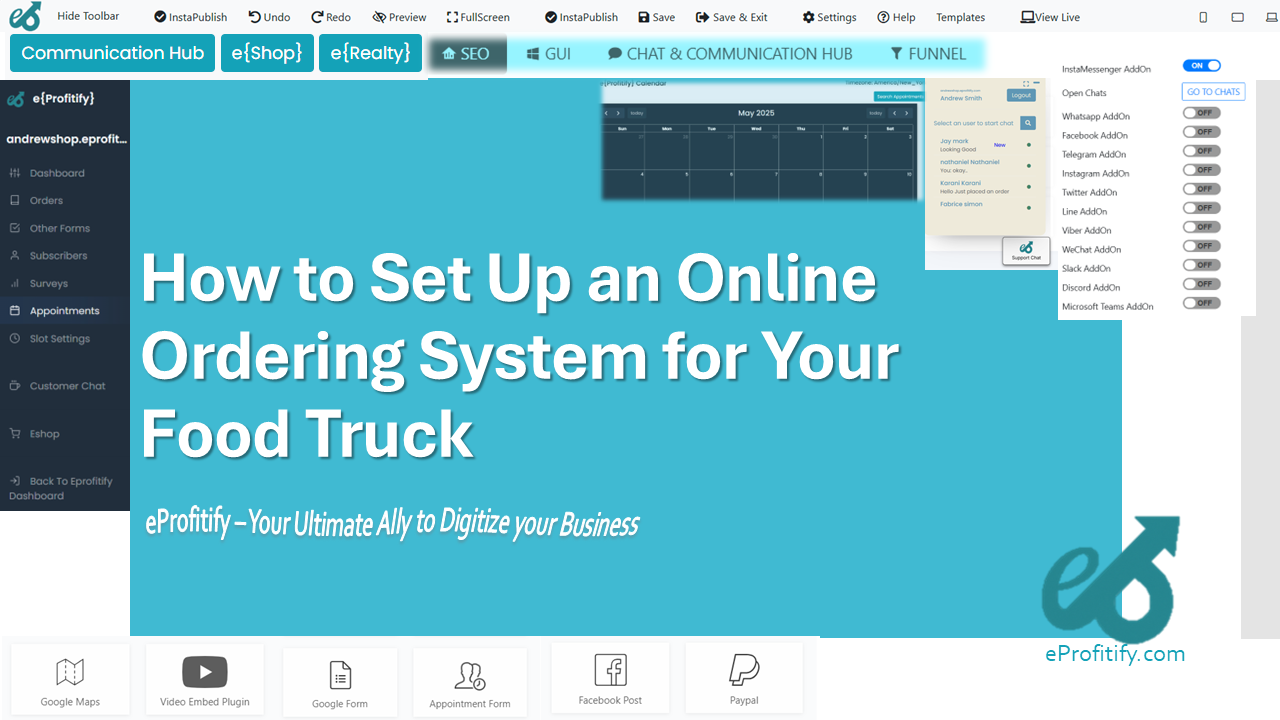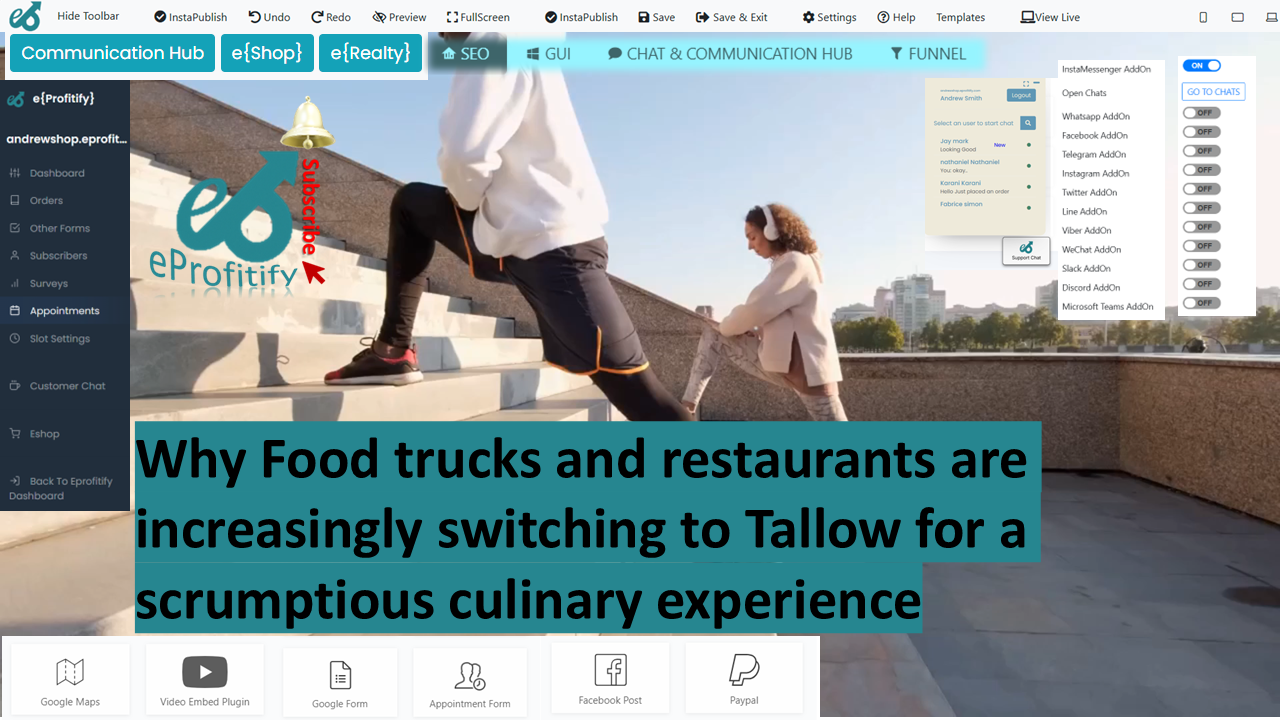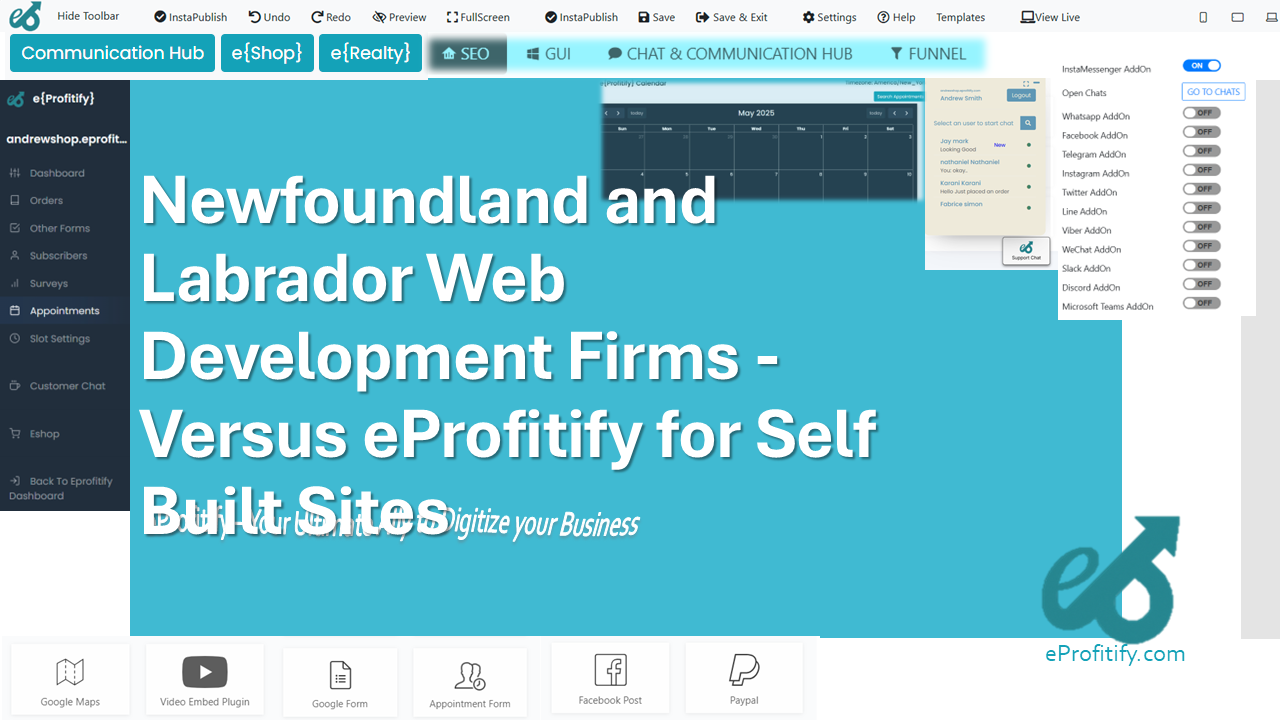How to Write In Depth Guides That Perform
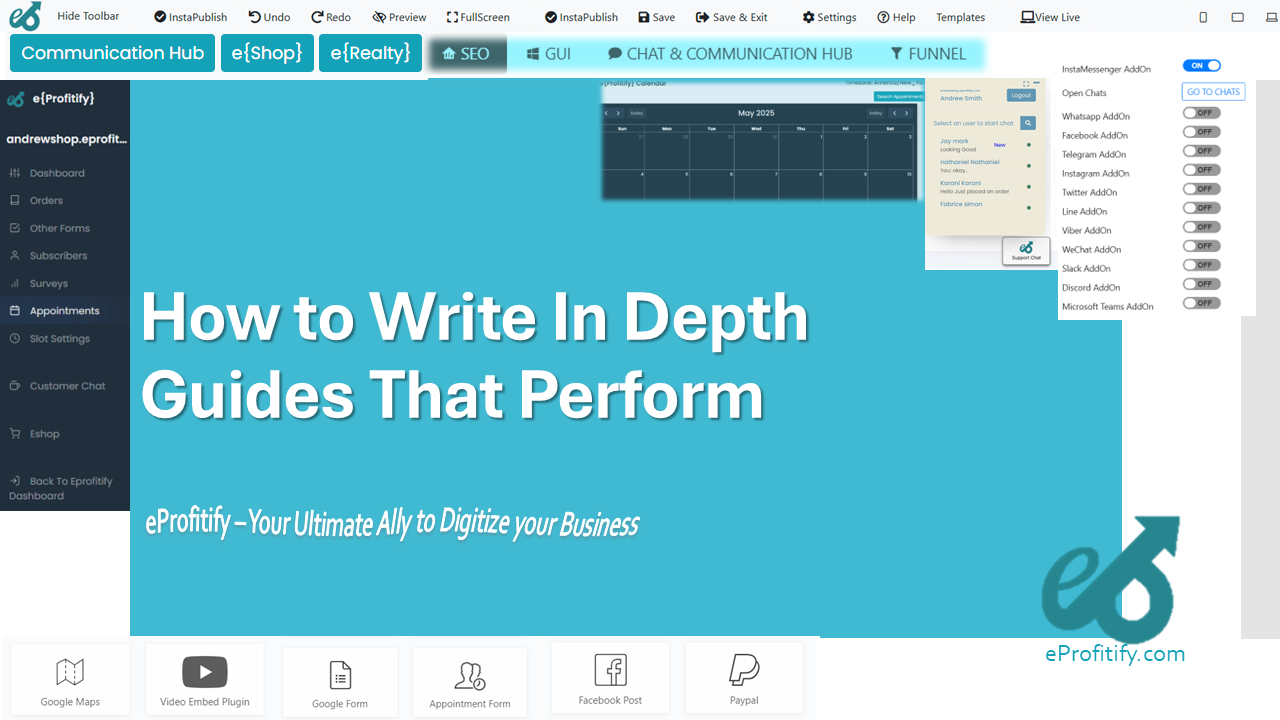
Schedule a LIVE Zoom call with an eProfitify Expert.
How to Write In-Depth Guides That Perform
In a digital age where 60% of marketers prioritize content creation as their top strategy (Content Marketing Institute), in-depth guides stand out as powerful tools for driving engagement, building authority, and converting readers into customers. Crafting a high-performing guide requires a blend of research, structure, user-centricity, and optimization. Below, we break down actionable strategies, supported by statistics, to create compelling guides, alongside insights into streamlining the process with platforms like eProfitify—a leading website publishing and management tool.
1. Choose a Topic That Solves a Problem
Start by identifying gaps in your niche. Use keyword research tools (e.g., Google Keyword Planner, Ahrefs) to find high-volume, low-competition keywords. For instance, guides targeting “how to start an eCommerce business” generate 3x more organic traffic than generic posts (Semrush).
- Stat: 82% of consumers prefer articles that answer specific questions over promotional content (HubSpot).
- eProfitify Integration: Use its built-in SEO tools to identify keyword trends and analyze competitor content gaps directly within the platform.
2. Conduct Rigorous Research
Back your guide with data, case studies, and expert quotes. A Backlinko analysis reveals that citing at least 3-5 credible sources improves perceived trustworthiness by 68%.
- Stat: Guides with statistics receive 3.8x more backlinks than those without (BuzzSumo).
- Tip: Use eProfitify’s CRM to track customer pain points from support queries, ensuring your guide addresses real-world challenges.
3. Structure for Scannability and Depth
Break content into digestible sections using subheadings, bullet points, and numbered lists.
- Stat: 73% of readers skim content before committing to a full read (Nielsen Norman Group).
- Structure Example:
- Introduction (state the problem)
- Step-by-Step Solutions
- Pro Tips/FAQs
- Tools/Resources
- Conclusion with a Call-to-Action
- eProfitify Advantage: Leverage instant messaging widgets to let readers ask questions in real-time, enhancing interactivity.
4. Prioritize Actionable Advice
Readers seek clear takeaways. Include templates, checklists, or calculators—guides offering downloadable resources see 50% higher engagement (OptinMonster).
- Stat: 71% of B2B buyers consume blog content during their purchasing journey (Demand Gen Report).
- eProfitify Integration: Embed eCommerce functionalities to sell templates or tools directly within your guide, monetizing expertise effortlessly.
5. Enhance with Visuals and Multimedia
Visual aids improve retention. Use infographics, screenshots, or embedded videos.
- Stat: Articles with images every 75–100 words earn 2x more shares (Skyword).
- Tool Tip: eProfitify’s media management system simplifies image optimization and video embedding, ensuring fast load times (critical for SEO).
6. Optimize for SEO
Long-form content (2,000+ words) ranks 3.2x better on Google than shorter pieces (Semrush).
- SEO Checklist:
- Target a primary keyword and 2–3 LSI keywords.
- Optimize meta titles/descriptions.
- Use internal links to related guides.
- Stat: Pages with internal links have a 40% lower bounce rate (BrightEdge).
- eProfitify Feature: Its SEO audit tool scans content for keyword density, meta tags, and readability, providing real-time feedback.
7. Promote Strategically
Publishing is only half the battle. Amplify your guide via:
- Email newsletters (87% of marketers use email to distribute content—HubSpot).
- Social media snippets with carousel posts (LinkedIn posts with visuals get 200% more engagement).
- Paid promotions targeting high-intent audiences.
- eProfitify’s Role: Schedule social posts and email campaigns via its unified dashboard. Its appointment management system can even automate webinars to discuss the guide’s insights.
8. Track Performance and Iterate
Monitor metrics like time-on-page, bounce rate, and conversions.
- Stat: Companies using analytics tools see 83% higher ROI from content (Content Marketing Institute).
- eProfitify Analytics: Access real-time dashboards to identify top-performing sections and user drop-off points.
9. Update Regularly
Google favors fresh content. Update guides every 6–12 months with new data or trends.
- Stat: Updated posts generate 2.5x more traffic than outdated ones (Ahrefs).
- eProfitify Reminder: Set automated alerts using its task management system to revisit content periodically.
Why eProfitify Streamlines Guide Creation
As a comprehensive website management platform, eProfitify simplifies every stage of guide development:
- Instant Messaging: Engage readers in real-time for feedback or consultations.
- Appointment Management: Schedule interviews with experts cited in your guide.
- CRM Integration: Personalize content based on audience segments.
- eCommerce Tools: Sell digital products or services alongside guides.
- SEO and Analytics: Optimize and track performance without third-party tools.
Final Thoughts
In-depth guides remain a cornerstone of content marketing, with 65% of businesses prioritizing them for lead generation (SEMrush). By combining thorough research, user-focused formatting, and platforms like eProfitify—equipped with CRM, analytics, and publishing tools—you can create guides that educate, engage, and convert.
